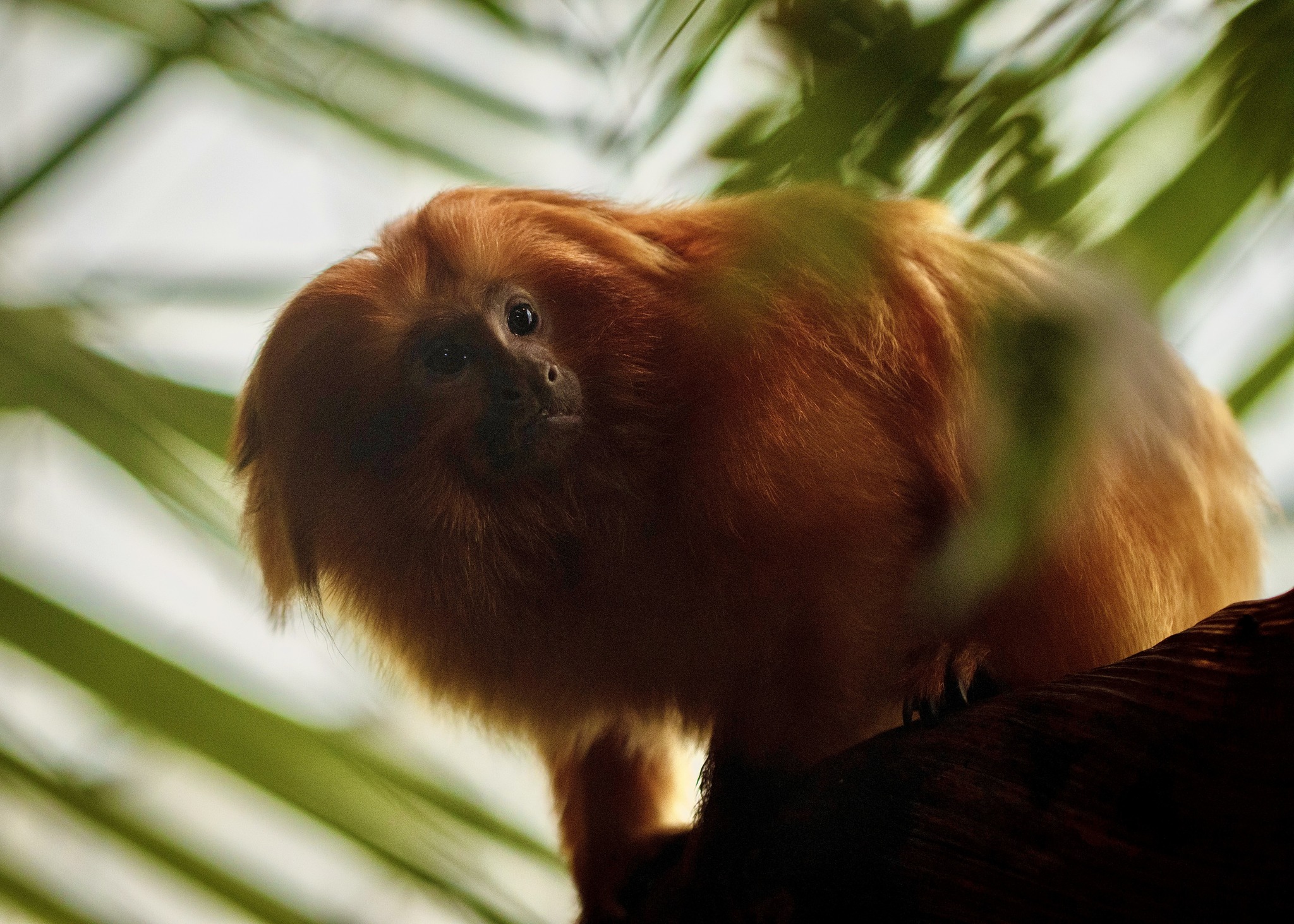- Understanding the importance of small primates in ecosystems and their contribution to biodiversity.
- The role of zoos in conservation efforts, research, and education about small primates.
- Strategies for effective zoo management and conservation programs focused on small primates.
- The significance of public engagement and awareness in primate conservation efforts.
- Examining case studies and successful conservation initiatives related to small primates.
In the intricate tapestry of our global ecosystem, small primates play a pivotal role. These animals, known for their vibrant colors and animated behavior, contribute significantly to biodiversity. The vibrancy of life within forests and jungles is often punctuated by the presence of these creatures, reminding us of the delicate balance of nature. Small primates help in seed dispersal and pollination which supports plant growth and regeneration, underpinning ecological health.
Their behavior and social structures also offer significant insights into the evolutionary pathways of primates, including humans. Researchers are continually uncovering new behaviors and adaptations that broaden our understanding of evolution and ecology. Through their social interactions, diet, and niche adaptations, small primates demonstrate remarkable resilience and adaptive strategies which scientists leverage as models for understanding more complex evolutionary dynamics.
Zoos have long been champions of wildlife conservation and education. They play a crucial role in primate conservation efforts by creating safe environments for endangered species. Their institutional frameworks allow for controlled breeding programs that aim to maintain genetic diversity, a critical component in preventing species extinction. By prioritizing breeding initiatives, zoos help safeguard small primates from the threats of habitat destruction, illegal wildlife trade, and climate change.
Moreover, zoos serve as hubs for research, allowing scientists to observe and study primate behavior and biology in ways that might not be possible in the wild. They make it possible to conduct detailed observations related to health, stress, and social behaviors in controlled settings. These studies often lead to discoveries that enhance our understanding of primate health and aid in developing species-specific conservation strategies.
Effective zoo management practices are crucial to the success of any conservation program. It requires a balance between providing an enriching environment for the animals and creating informative experiences for visitors. Modern zoo management emphasizes enrichment programs that stimulate the natural behaviors of animals, from complex food puzzles to social interaction spaces. They also focus on staff training and development to ensure that employees are equipped with the knowledge and skills required for animal care and public education.
Recent technological advancements are aiding zoos in refining their conservation strategies. Data collection tools and software enable precise monitoring of animal health and environmental conditions, contributing to informed decision-making processes. These innovations help track the success of breeding programs, monitor animal behavior changes, and assess the impact of environmental improvements.
Public engagement is another cornerstone of primate conservation. Educating the public about the significance of protecting small primates creates a ripple effect that extends beyond the zoo. It fosters a global culture of conservation, inspiring people to become proactive in environmental stewardship. By offering educational programs, interactive exhibits, and conservation talks, zoos successfully highlight the importance of small primates to wide audiences.
Integrated campaigns and partnerships with international conservation organizations are critical in reaching broader audiences. These collaborations help disseminate information and galvanize support for conservation initiatives. Utilizing media platforms and storytelling, zoos can effectively communicate the importance of small primate conservation and the actionable steps people can take to contribute to these efforts.
Exploring case studies of successful conservation initiatives provides inspiring examples of what meticulous planning, research, and collaboration can achieve. For instance, programs that have successfully re-introduced small primates into their natural habitats serve as benchmarks for other conservation efforts. These initiatives highlight the importance of habitat protection, community involvement, and consistent monitoring in ensuring the survival of species in the wild.
Programs designed to work with local communities in habitat areas are particularly effective. These initiatives focus on education and provide sustainable alternatives to practices that may harm primates or their environments. Engaging communities not only helps in protecting habitats but also empowers local populations to take ownership of conservation activities.
In conclusion, small primates possess a bright charm that enriches our natural world. While they play modest roles within ecosystems, their contribution to broader biodiversity is profoundly impactful. Through dedicated zoo management, societal engagement, and strategic conservation initiatives, we can embody the essence of "Orange you glad this little one brightens your day?" and work toward a future where these creatures continue to illuminate our world.
*****
Source Description
Orange you glad this little one brightens your day? 🧡🐒


